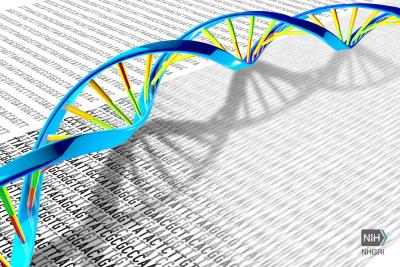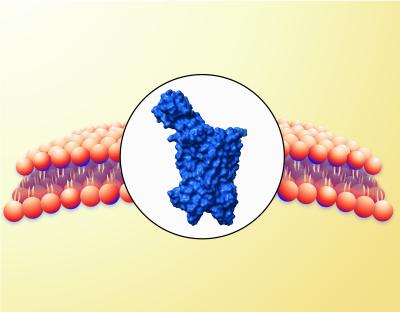Findings From NIH-Funded Study Could Facilitate Early Treatment of Neonatal Sepsis
Scientists have identified a four-gene signature detectable in newborns’ blood at birth that predicts before symptom onset whether a baby will develop sepsis during the first week of life, according to a study co-funded by the National Institutes of Health’s National Institute of Allergy and Infectious Diseases (NIAID). Sepsis is a potentially life-threatening condition that arises when the body's response to infection injures its own tissues and organs. Using the newly discovered genetic signature to identify newborns who will develop sepsis could facilitate early treatment and obviate the need to give antibiotics to all newborns with suspected sepsis but lacking a definitive diagnosis. The findings were published today in the journal eBioMedicine.
Two to 3% of newborns globally develop sepsis, and 17.6% of those babies die. The signs of sepsis in newborns—such as irritability, poor feeding and respiratory distress—are common to many illnesses. Consequently, clinicians sometimes misdiagnose newborn sepsis or suspect it too late, leading to death. If a clinician does suspect that a newborn has sepsis, they give the baby antibiotics pending confirmatory laboratory diagnosis of infection. The most common diagnostic technique takes several days, however, and is often inconclusive. As a result, clinicians often must decide between stopping antibiotics early and risking under-treatment, or giving antibiotics based only on a clinical diagnosis and risking serious side effects and development of antimicrobial resistance.
The NIAID-supported study aimed to find a way to accurately predict sepsis in newborns so it can be diagnosed and treated early while avoiding unnecessary antibiotic use. The researchers conducted their study in a subset of 720 initially healthy, full-term newborns who were enrolled in a larger clinical trial at two community health centers in The Gambia, West Africa. Blood was collected from all babies at birth.
Thirty-three infants were hospitalized within the first month of life for clinical signs suggestive of sepsis. Of those, 21 babies were diagnosed with sepsis, including 15 within the first week of life, which is considered early-onset sepsis. Twelve babies were diagnosed with non-septic localized infections. The researchers matched these 33 babies with 33 healthy controls and analyzed their blood to identify genes that were comparatively more active or less active at birth in each of the four groups. Using machine learning methods, the researchers detected four genes that were comparatively more active at birth only in those newborns who developed early-onset sepsis. The four-gene signature was 92.5% accurate at predicting at birth which of the 66 infants would develop early-onset sepsis.
The researchers tested the predictive accuracy of this gene signature in a different group of 12 infants whose blood had been collected soon after birth. Half had developed early-onset sepsis, while the other half had remained healthy. The four-gene signature predicted sepsis with 83% accuracy in this group. Further research is needed to determine how well the gene signature predicts early-onset sepsis in much larger groups of newborns.
The study was led by Robert E. W. Hancock, Ph.D.; Tobias R. Kollmann, M.D., Ph.D.; Beate Kampmann, M.D., Ph.D.; and Amy H. Lee, Ph.D. NIAID co-funded the study through its Human Immunology Project Consortium (HIPC) and Immune Development in Early Life program.
The larger study that enrolled the 720 newborns was called Systems Biology to Identify Biomarkers of Neonatal Vaccine Immunogenicity, sponsored by Boston Children's Hospital and funded by NIAID through the HIPC. More information is available in ClinicalTrials.gov at study identifier NCT03246230.
Reference: An et al. Predictive gene expression signature diagnoses neonatal sepsis before clinical presentation. eBioMedicine DOI: 10.1016/j.ebiom.2024.105411 (2024).




